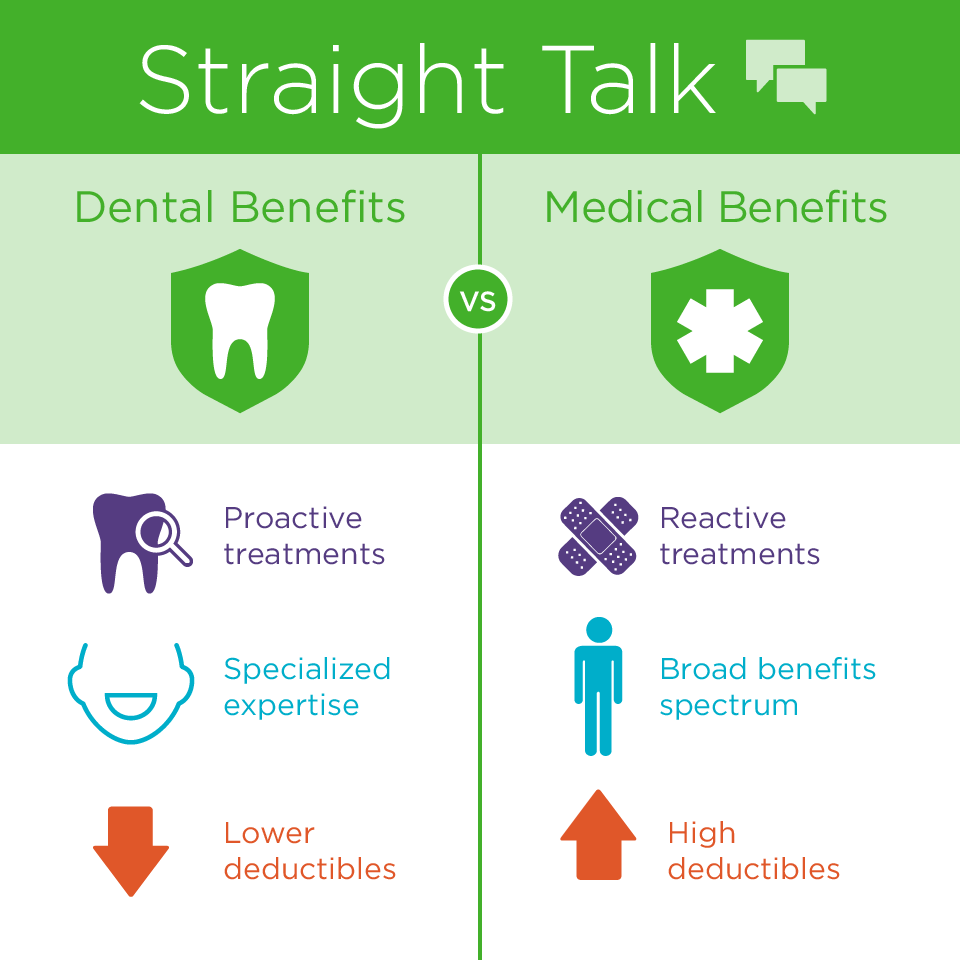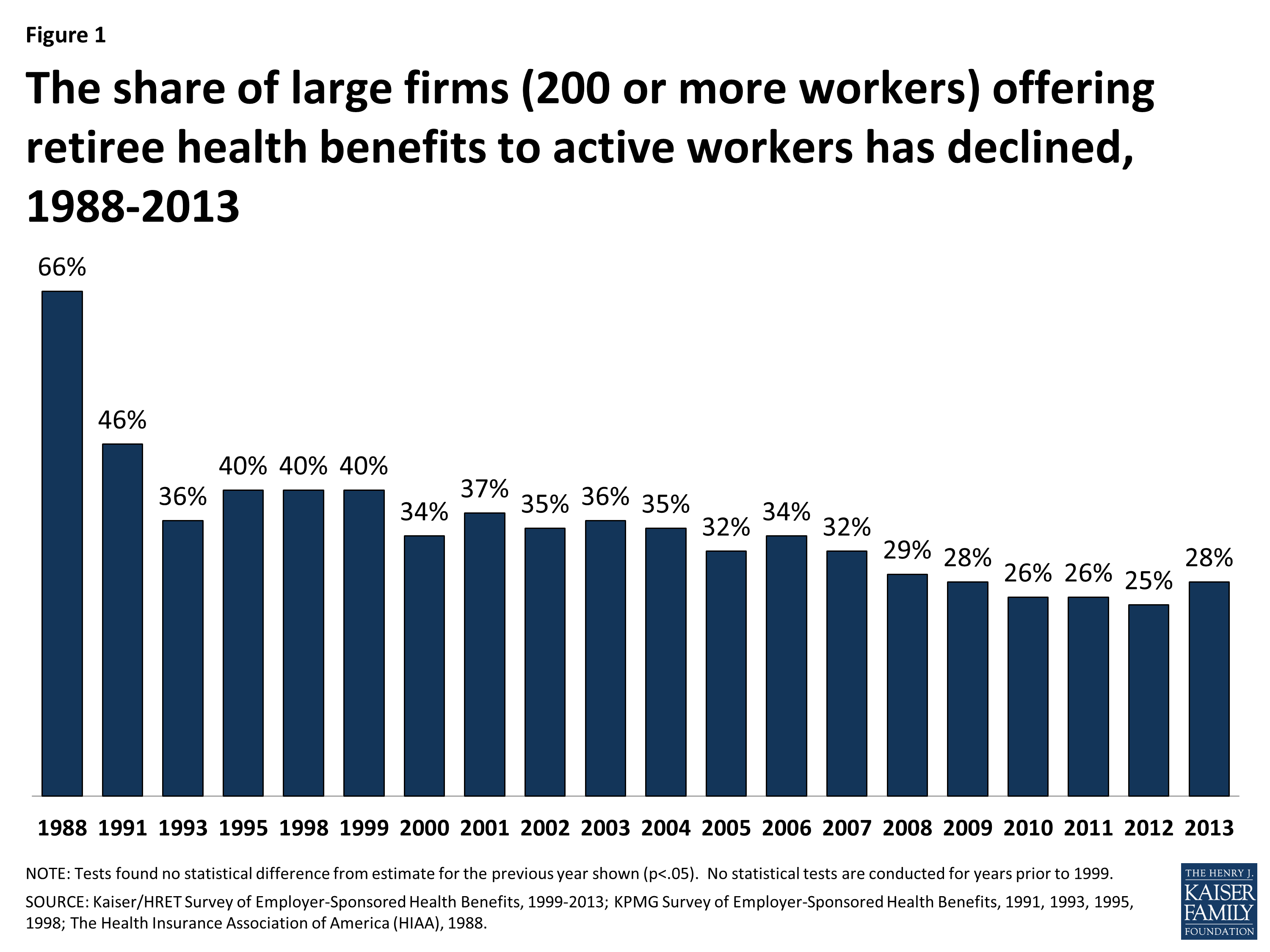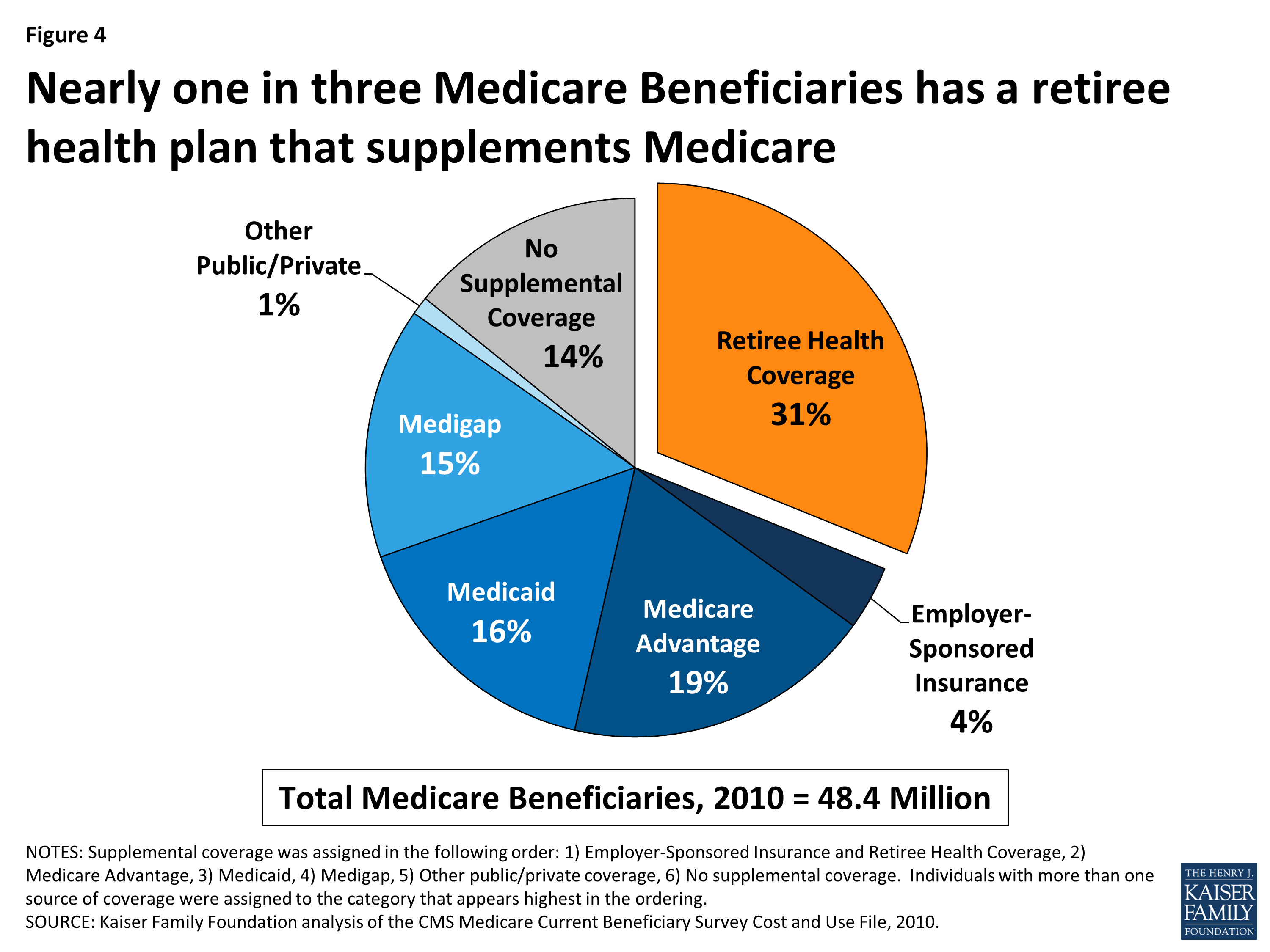The Definitive Guide for Medicare Advantage Agent
Table of Contents9 Simple Techniques For Medicare Advantage AgentFacts About Medicare Advantage Agent Revealed9 Simple Techniques For Medicare Advantage Agent

adheres to from puzzling the relatively young age profile of the uninsured with the far better health and wellness, typically, of more youthful persons. This covers the link in between health and wellness condition and wellness insurance policy. For those without access to workplace health insurance policy, bad health is a potential obstacle to purchasing nongroup coverage due to the fact that such protection might be extremely valued, exclude preexisting conditions, or be simply unavailable. The variety of uninsured Americans is not especially big and has actually not changed in recent times. Seven out of 10 respondents in an across the country depictive study thought that less Americans lacked medical insurance than in fact do(Fronstin, 1998). About half(47 percent )believed that the variety of individuals without medical insurance reduced or stayed continuous over the latter half of the last decade(Blendon et al., 1999). This drop of nearly 2 million in the number of individuals 'without insurance policy (a decrease
of around 4 percent)is certainly a favorable modification. With a softer economy in 2000 the latest reported gains in insurance policy protection might not continue(Fronstin, 2001 ). The decrease in the variety of without insurance will not proceed if the economic situation continues to be slow and health treatment costs remain to outpace inflation. This is because the data were gathered for a duration of solid economic efficiency. Of the estimated 42 million people who were without insurance, almost regarding 420,000(regarding 1 percent)were under 65 years old, the age at which most Americans end up being eligible for Medicare; 32 million were adults in between ages 18 and 65, around 19 percent of all grownups in this age; and 10 million were youngsters under 18 years of age, regarding 13.9 percent of all youngsters (Mills, 2000). These quotes of the number of individuals without insurance are generated from the yearly March Supplement to the Existing Populace Study (CPS), performed by the Census Bureau. Unless otherwise noted, national price quotes of people without medical insurance and percentages of the populace with different sort of coverage are based on the CPS, the most widely utilized source of quotes of insurance policy coverage and uninsurance rates. These studies and the price quotes they yield are explained briefly in Table B. 1 in Appendix B - Medicare Advantage Agent. These studies differ in dimension and sampling methods, the questions that are inquired about insurance policy
Medicare Advantage Agent Fundamentals Explained
coverage, and the time duration over which insurance policy protection or uninsurance is gauged(Lewis et al., 1998, Fronstin, 2000a ). Still, the CPS is particularly beneficial since it creates yearly price quotes relatively promptly, reporting the previous year's insurance policy protection estimates each September, and due to the fact that it is the basis for a regular set of price quotes for more than twenty years, permitting analysis of fads in protection with time.

Things about Medicare Advantage Agent
Over a three-year period beginning early in 1993, 72 million individuals, 29 percent of the united state population, lacked insurance coverage for a minimum of one month. Within a single year(1994), 53 million people experienced a minimum of a month without insurance coverage(Bennefield, 1998a). 6 out of every ten uninsured adults are themselves used. Although working does enhance the probability that one and one's relative will have insurance coverage, it is not a guarantee. Also members of family members with 2 full-time breadwinner have practically a one-in-ten possibility of being without insurance (9.1 percent without insurance price)(Hoffman and Pohl, 2000 ). The relationship between health insurance and accessibility to care is well developed, as recorded later in this chapter. Although the partnership in between health insurance coverage and health and wellness end results is neither direct neither easy, a substantial medical and wellness solutions study literature links health and wellness insurance policy protection
to better accessibility to care, far better high quality, and boosted personal and populace health and wellness condition. For instance, the second report, on personal health and wellness outcomes for without insurance adults, is stood for by the inner circle of the number, while the 3rd report, on family health, includes the subjects of the 2nd report however highlights a different device of analysis, specifically, the household. The sixth report in the collection will certainly provide info concerning strategies and campaigns undertaken locally, statewide, or across the country to deal with the absence of insurance policy and its negative influences. Levels of analysis for taking a look at the results of uninsurance. This discussion of wellness insurance coverage concentrates mostly on the united state populace under age 65 since practically all Americans 65 and older have Medicare or various other public protection.
Furthermore, it concentrates particularly on those with no medical insurance for any type of size of time. The problems dealt with by the underinsured are in some aspects comparable to those dealt with by the without insurance, although they are usually less extreme. Uninsurance and underinsurance, however, include distinctly different plan problems, and the approaches for addressing them might differ. Throughout this study and the 5 records to follow, the primary focus gets on persons without wellness insurance policy and hence no assistance in paying for wellness treatment beyond what is readily available with charity and security web institutions. Health insurance is an effective element affecting invoice of care because both clients and physicians reply to the out-of-pocket cost of solutions. Health and wellness insurance, however, is neither required nor enough to gain accessibility to medical services. Nevertheless, the independent and direct result of wellness
insurance policy protection on accessibility to wellness solutions is well developed. Others will certainly obtain the health and wellness care they require even without health and wellness insurance, by spending for it expense or seeking it from suppliers who provide treatment cost-free or at extremely subsidized rates. For still others, medical insurance alone does not ensure receipt of treatment as a result of various other nonfinancial obstacles, such as a lack of wellness care service providers Check This Out in their neighborhood, limited access to transport, illiteracy, or etymological and social distinctions. Formal research about without insurance populaces in the USA dates to the late 1920s and early 1930s when the Committee on the Price of Healthcare created a series of reports concerning funding doctor office check outs and hospitalizations. This problem ended up being prominent as the numbers of medically indigent climbed up during the Great Depression. Empirical research studies consistently support the web link between accessibility to care and improved health results(Bindman et al., 1995; Starfield, 1995 ). Having a normal resource of care can be considered a predictor of accessibility, rather than a direct procedure of it, when health and wellness outcomes are themselves utilized as access signs. This expansion of the idea of access measurement was made by the IOM Committee on Checking Access to Personal Health And Wellness Care Services(Millman, 1993, p. Whether or not moms and dads are guaranteed appears to influence whether their youngsters get treatment along with just how much careeven if the youngsters themselves have coverage(Hanson, 1998). The wellness of moms and dads can affect their capability to take care of their children and the level of household tension. Fretting about their children's access Website to care is itself a source of anxiety for moms and dads. 3 chapters adhere to in this record. Phase 2 gives a summary of exactly how employment-based medical insurance, public programs and private insurance coverage plans run and connect to provide substantial however incomplete protection of the united state populace. This consists of a testimonial of historical fads and public plans affecting both public and exclusive insurance policy, a conversation of the communications amongst the different kinds of insurance coverage, and an examination of why people move from one program to one more or end up
